 Annie Edson Taylor was born on October 24, 1838 in Auburn, New York. On October 24, 1901, her 63rd birthday, she became the first person in history to go over Niagara Falls in a barrel and survive. Ms. Taylor hoped to secure her financial future with the stunt, but aside from some initial speaking engagements and a memoir she didn’t make much money. Her manager stole the barrel, and she had to use up her savings to hire private detectives to track him and the barrel down again. Annie died in Niagara County and her body is interred in the ‘Stunter’s Rest’ section of the Oakwood Cemetery in Niagara Falls on the New York side of the waters. In her honor I am reprinting a post I wrote after visiting the waterfalls of southern Laos. – Jadi
Annie Edson Taylor was born on October 24, 1838 in Auburn, New York. On October 24, 1901, her 63rd birthday, she became the first person in history to go over Niagara Falls in a barrel and survive. Ms. Taylor hoped to secure her financial future with the stunt, but aside from some initial speaking engagements and a memoir she didn’t make much money. Her manager stole the barrel, and she had to use up her savings to hire private detectives to track him and the barrel down again. Annie died in Niagara County and her body is interred in the ‘Stunter’s Rest’ section of the Oakwood Cemetery in Niagara Falls on the New York side of the waters. In her honor I am reprinting a post I wrote after visiting the waterfalls of southern Laos. – Jadi
 On our last trip to Laos we headed south to the quiet little city of Pakse in the Chapasak province. We wanted to see old ruins – and really spectacular waterfalls!
On our last trip to Laos we headed south to the quiet little city of Pakse in the Chapasak province. We wanted to see old ruins – and really spectacular waterfalls!

For the latter we booked a guide to reach the Bolaven Plateau. Hiking in to some of the waterfalls was a gloriously steep, wet walk.


Later, with the same guide (and boats) we were carried to 4,000 Islands (Si Phan Don). I was beyond amused to notice the signs on some of the guesthouses in 4,000 Islands, announcing that special, magical pancakes were available for breakfast…. My German husband missed the inference and asked why I was laughing. “Guests can get their pancakes laced with the noble herb,” I informed him. [1] Sure enough, plenty of tourists in the 4,000 Islands region spent all their time literally hanging out in hammocks. They were all way too relaxed – or something – to be ambitious. They were in no hurry to explore.
Or move.

The Mekong River splits into branches at this end of Laos and tumbles over boulders and channels cut through rock.
 When the French colonized Laos they came up with a bold (and ultimately quixotic) plan to build a railway through the region. They wanted to go around the waterfalls and create a faster, easier way to travel and ship goods either to the north, or to the southern Vietnam port of Saigon. The result is what a CNN article wryly refered to as “Laos’ first railway: 14 km of rust” [2].
When the French colonized Laos they came up with a bold (and ultimately quixotic) plan to build a railway through the region. They wanted to go around the waterfalls and create a faster, easier way to travel and ship goods either to the north, or to the southern Vietnam port of Saigon. The result is what a CNN article wryly refered to as “Laos’ first railway: 14 km of rust” [2].
The Mekong defeated the engineers, and 4,000 Islands is a beautiful sleepy area.
 But oh, those waterfalls on the Bolaven Plateau: we hiked in to as many as our young guide was willing to take us to. And we didn’t even need a barrel.
But oh, those waterfalls on the Bolaven Plateau: we hiked in to as many as our young guide was willing to take us to. And we didn’t even need a barrel.


In memory of Annie Taylor, 24 October, 1838 – 29 April, 1921
NOTES: [1] I turned 16 the year that Pink Floyd’s Dark Side of the Moon was released. If you know me, you know this fact explains everything, including what makes me laugh. [2] CNN travel. ©Jadi Campbell 2018. Previously published as The Waterfalls of Laos: South 2. All photos © Uwe Hartmann. To see Uwe’s photos and pics from our trips go to viewpics.de.
B
Click here for my author page to learn more about me and purchase my books.












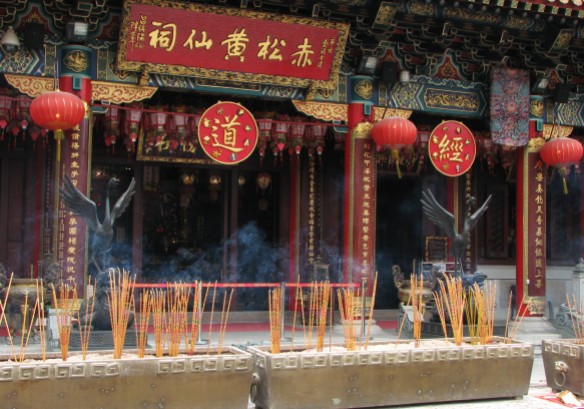

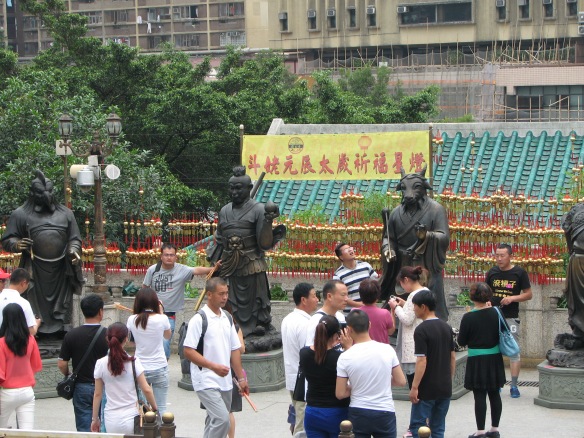

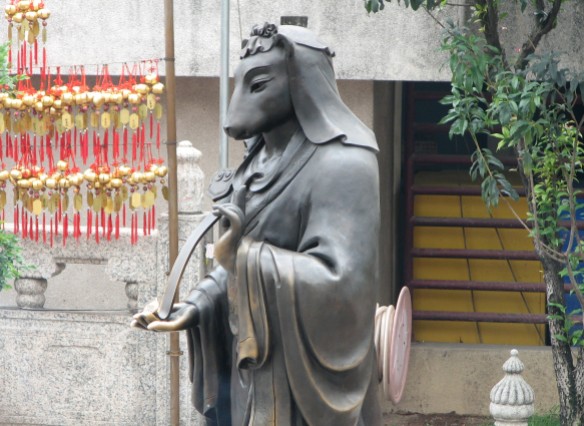



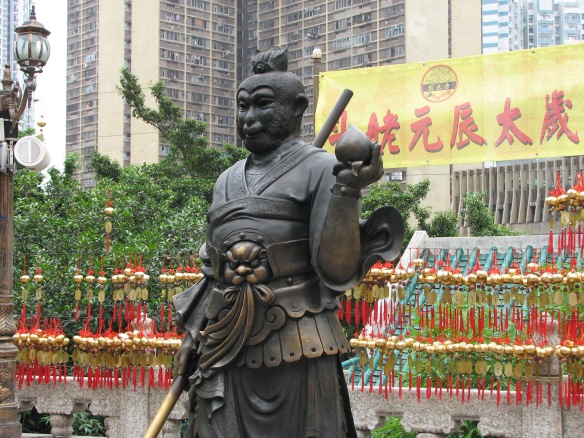


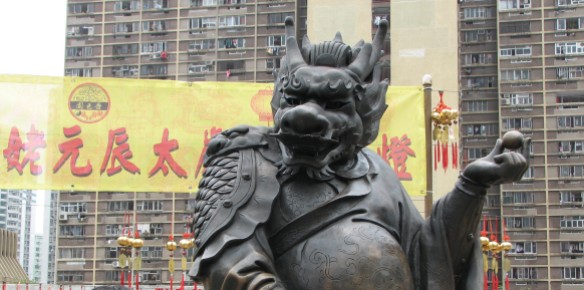

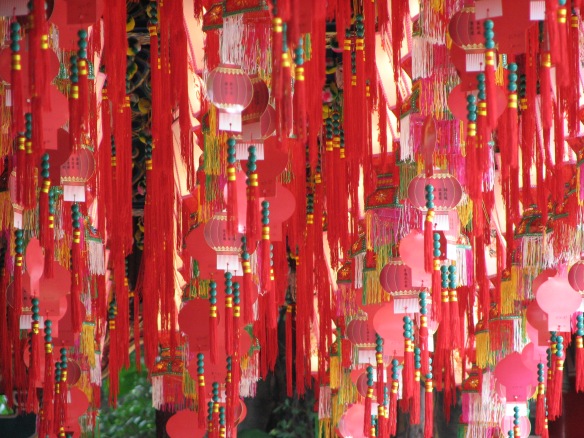
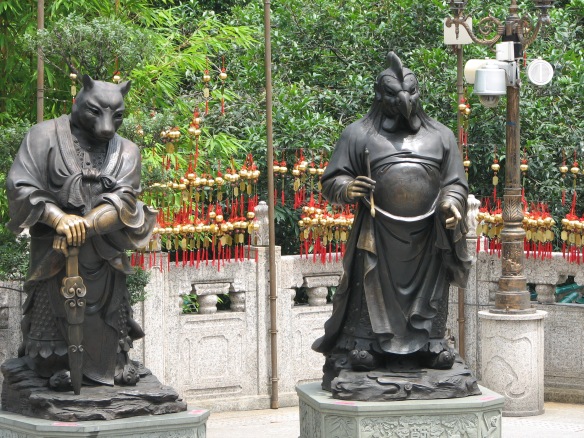





 Our first stop was the UNESCO World Heritage city of Würzburg. [1]
Our first stop was the UNESCO World Heritage city of Würzburg. [1] Würzburg’s Residential Palace was built from 1720-1744 by Balthasar Neumann and is the most important building from the Southern German Baroque era. Definitely worth a visit! But I want to talk about a little statue I found in the Court Gardens in the back.
Würzburg’s Residential Palace was built from 1720-1744 by Balthasar Neumann and is the most important building from the Southern German Baroque era. Definitely worth a visit! But I want to talk about a little statue I found in the Court Gardens in the back.

 NOTES: [1] My readers know that Uwe and I make a beeline for World Heritage sites. They’ve always, always been worth the effort! [2]
NOTES: [1] My readers know that Uwe and I make a beeline for World Heritage sites. They’ve always, always been worth the effort! [2] 


 And it’s the first half of the last post in this blog thread for Bobbo! I present the Grande Finale: Installment # 41! describing what to call groups of animals … See how many you can guess. Answers listed at the bottom of the page. Happy Easter, everyone. May the world be reborn.
And it’s the first half of the last post in this blog thread for Bobbo! I present the Grande Finale: Installment # 41! describing what to call groups of animals … See how many you can guess. Answers listed at the bottom of the page. Happy Easter, everyone. May the world be reborn.







